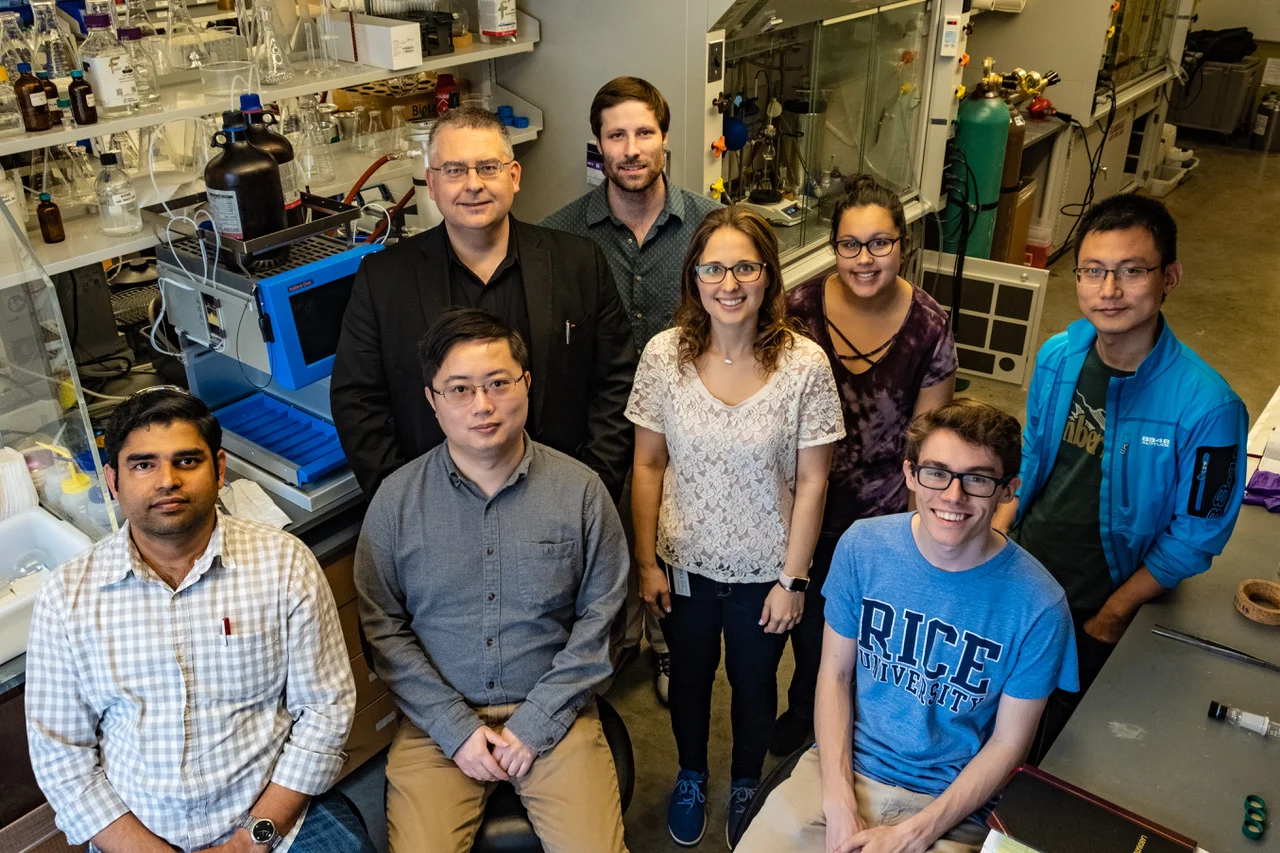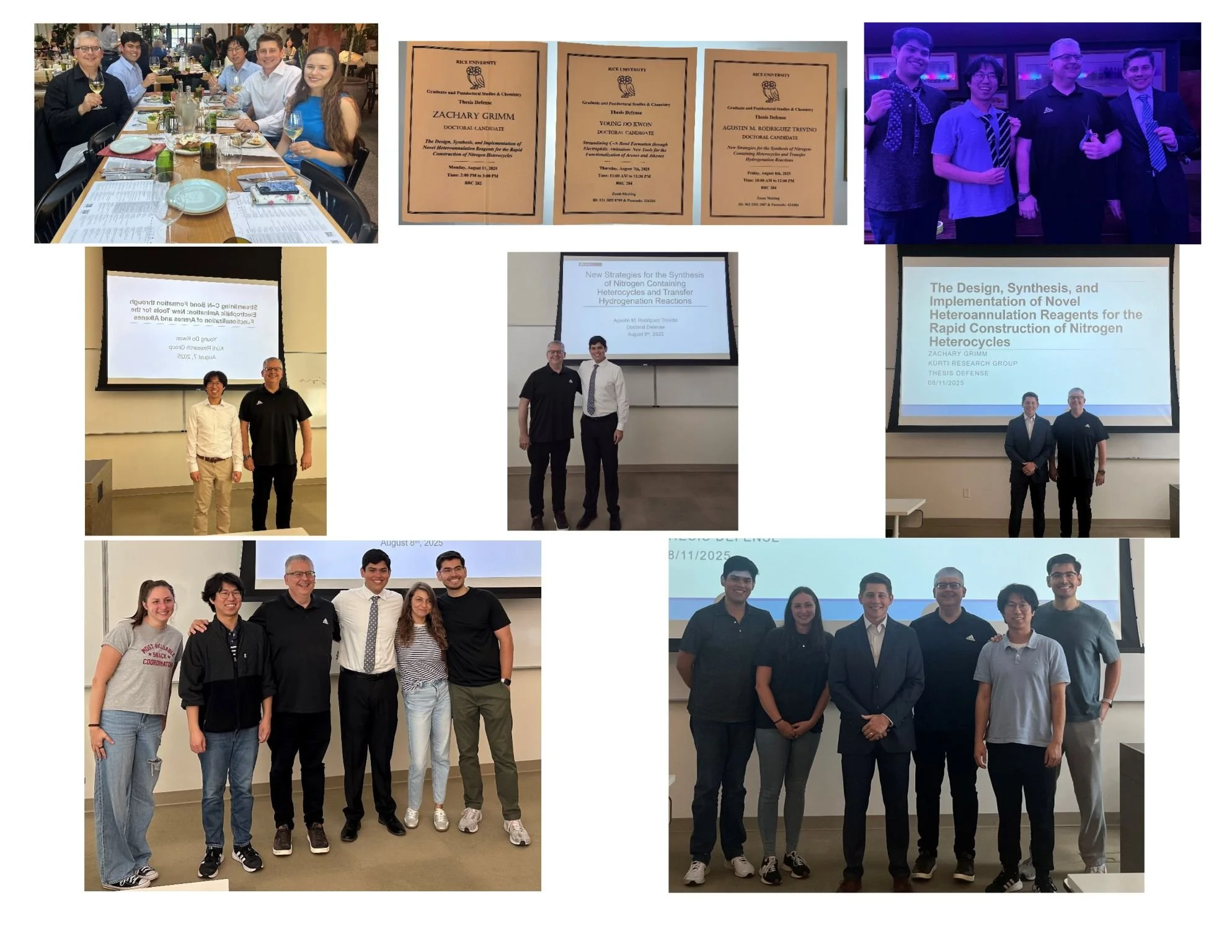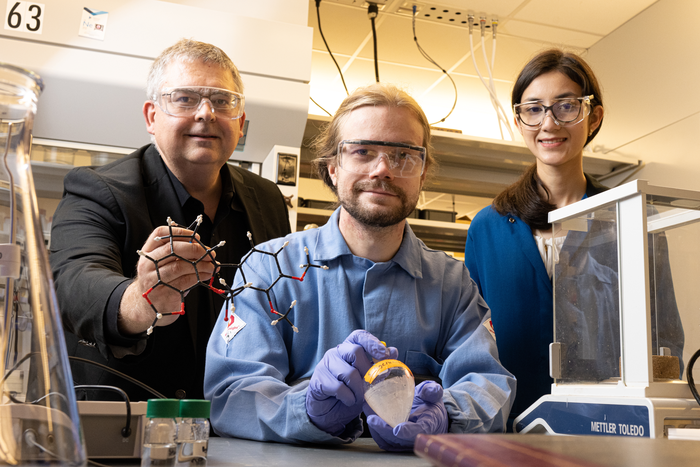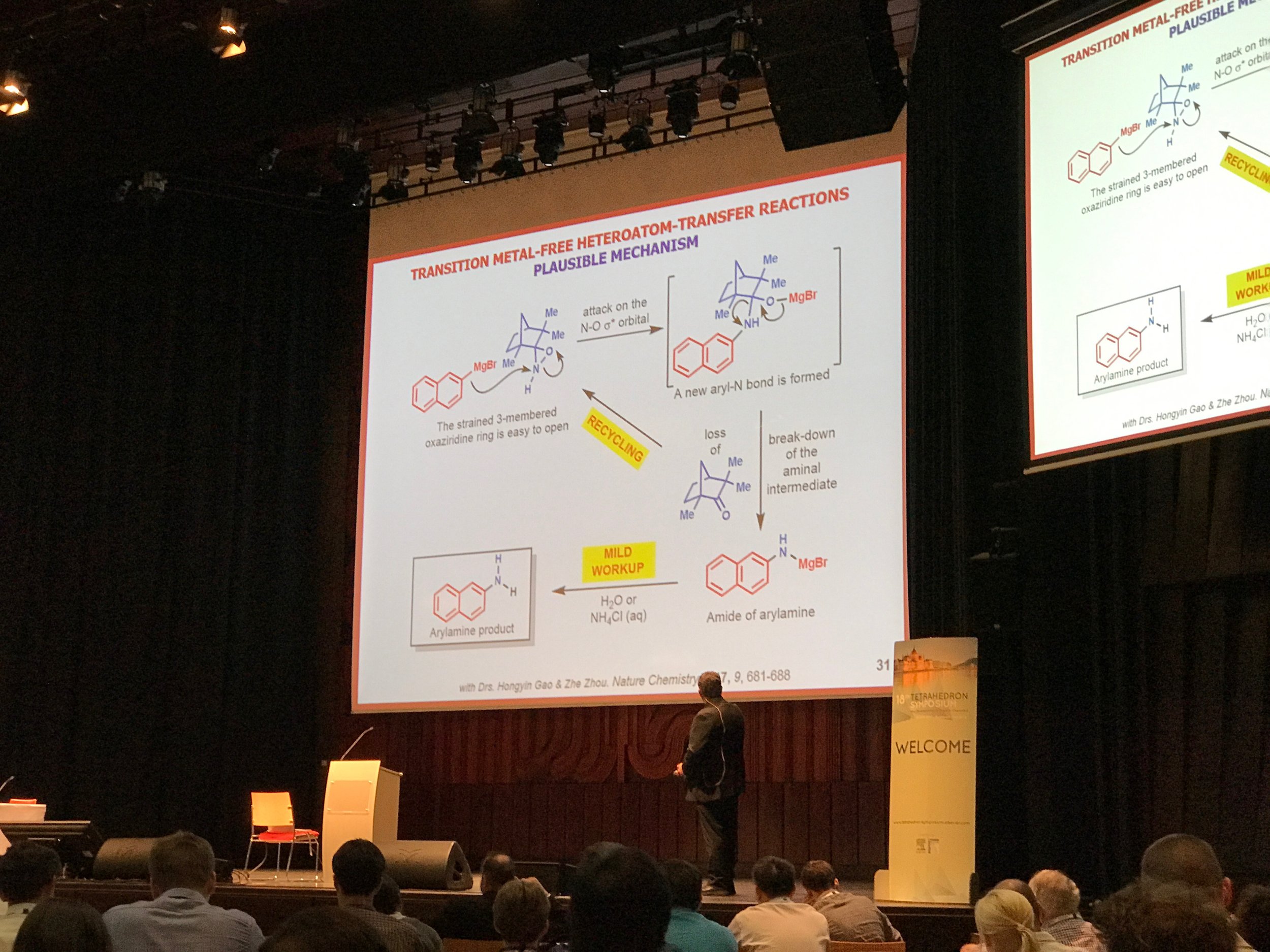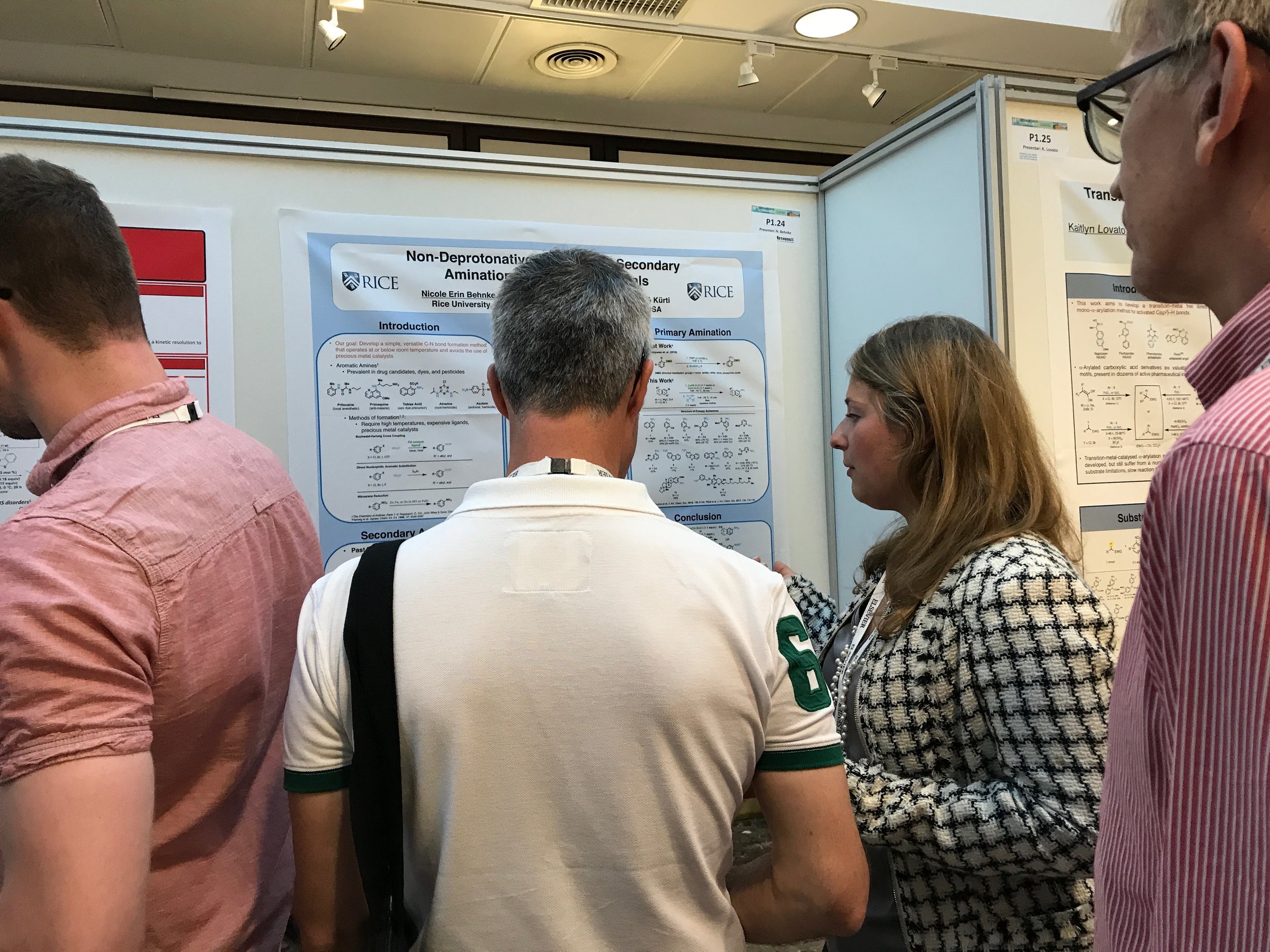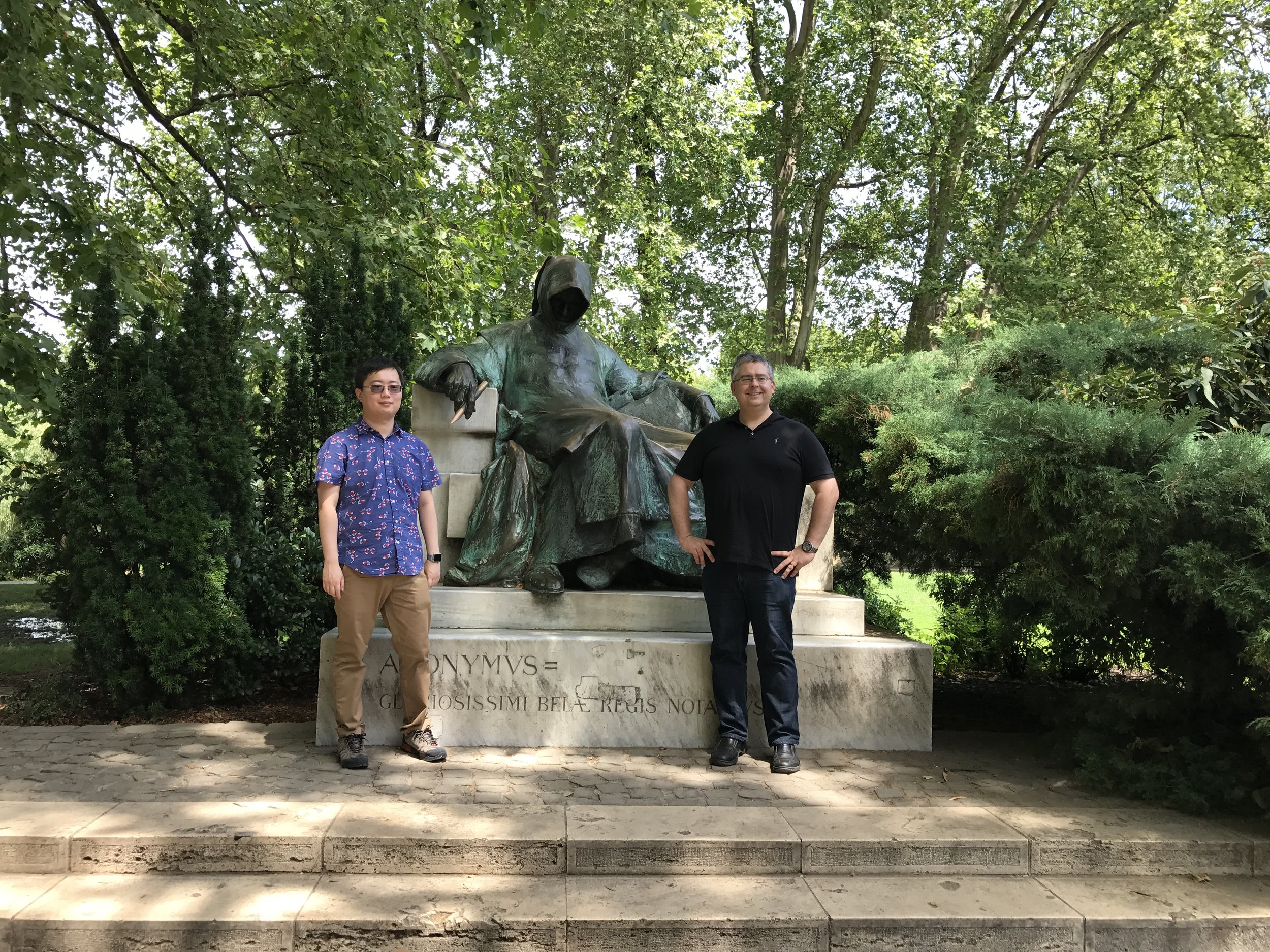Celebrating Three PhD Defenses in Three Days – A Historic Week for the Kürti Lab!
/This past week was a milestone for our group as Agustin M. Rodriguez Trevino (Agustin Mario Rodriguez Treviño), Young-Do Kwon (Young Do Kwon), and Zachary Grimm (Zachary Grimm) successfully defended their doctoral dissertations on three consecutive days — the largest graduating cohort in Kürti Lab history!
Over the past five years, each has made unique and impactful contributions to synthetic organic chemistry:
Agustin developed new strategies for synthesizing nitrogen-containing heterocycles (N-activated beta-lactams and beta-amino substituted gamma-lactones) and advanced a metal catalyst-free green transfer hydrogenation method (i.e., using isopropanol as the hydrogen source), opening the door to more efficient and sustainable reaction processes.
Young-Do streamlined C–N bond formation through the development of doubly N-electrophilic aminating reagents and synthesized multifunctional hydroxylamines from feedstock olefins, studied the catalytic late-stage primary amination of arenes, thus expanding the synthetic chemist’s toolbox.
Zach designed and implemented novel heteroannulation reagents (i.e., O-vinylhydroxylamines) that enable the rapid construction of a variety of nitrogen heterocycles (e.g., azaindolines, azaindoles and pyrroles), offering powerful new methods for practitioners in synthetic and medicinal chemistry.
Their collective achievements have led to the discovery of new reagents and methods for olefin difunctionalization and N-heterocycle synthesis, with applications ranging from medicinal chemistry to materials science.
I could not be prouder of their dedication, creativity, and perseverance. Congratulations, Agustin, Young-Do, and Zach! Thank you for your help in shaping the scientific legacy of the Kürti Lab. I look forward to seeing the impact you will make in the years ahead!
